#Kaigani
Photo

Sicky sketch of my boy Angani from earlier in the week when I was also extra sicky with a bad cold.
Angani’s a nurse, he knows a cold will go away on its own in 5-7 days and he’s ready to wait it out.... his fiancé Kaiser is less patient and googling every obscure home remedy on the web to try and heal him.
Angani just wants a nap.
6 notes
·
View notes
Text
Languages of the world
Haida (X̱aat Kíl)
Basic facts
Number of native speakers: 24
Official language: Alaska (United States)
Also spoken: British Columbia (Canada)
Script: Latin, 46 letters
Grammatical cases: 0
Linguistic typology: polysynthetic, SOV/OSV
Language family: language isolate
Number of dialects: 2 main groups
History
1830s - beginning of use of Haida Jargon, a pidgin trade language based on Haida
1899 - first book in Haida
1972 - spelling reform
2019 - first movie in Haida
Writing system and pronunciation
These are the letters that make up the alphabet: a aa b ch ch’ d dl dz ei g ǥ ĝ h hl i ii j k k’ ḵ ḵ’ l l’ m m’ n n’ ng p p’ s t t’ tl tl’ ts ts’ u uu w w’ x x̱ y y’ ’.
Haida has two tones: high and low. Syllables with long vowels or an acute accent, as well as those that end in -l, -m, -n, -ng, -w or -y feature a high tone.
Grammar
Nouns do not inflected for gender or case. There is no indefinite article, only a definite article that is attached after nouns. Haida also has a partitive article.
Adjectives and some words for people are expressed using verbs. Personal pronouns appear in independent and clitic forms, each of which can be either agentive or objective.
Verbs have three basic forms: present, past, and inferential. The inferential form also refers to events in the past, but expresses that the speaker did not experience the action. Verbs may be accompanied by instrumental and classificatory prefixes, as well as directional suffixes.
Dialects
There are two main dialects: Northern and Southern. Northern Haida includes Kaigani and Masset Haida, while Southern Haida was originally split into Skidegate and Ninstints Haida, but the latter is now extinct.
Dialects differ in phonology and vocabulary. Northern Haida is one of the few languages in the world that has pharyngeal consonants.
34 notes
·
View notes
Photo
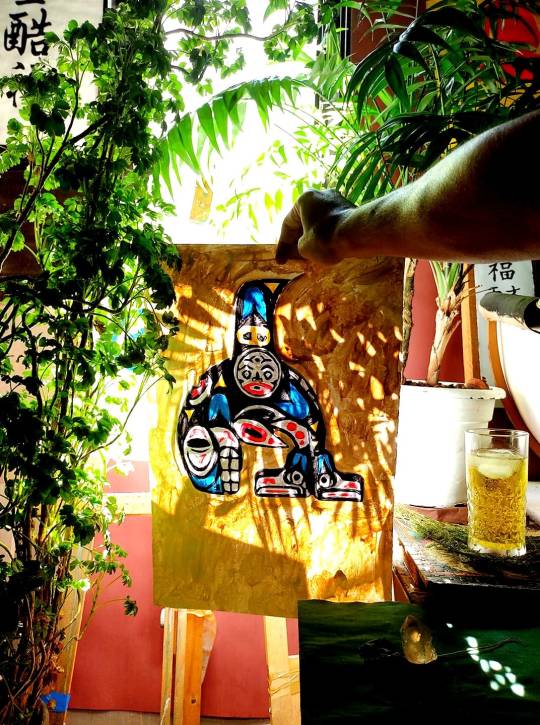
Os totens remete às imagens de rituais sagrados e cerimônias misteriosas. No entanto, mais do que objetos de adoração ou de rituais, os totens se referem a uma grande variedade de relações: ideológica, mística, emocional e genealógica. Ninguém sabe ao certo quando os primeiros totens foram criados [fonte: Smithsonian (em inglês)]. O que se sabe é que eles começaram como expressões artísticas dos índios americanos da costa noroeste do Pacífico, na América do Norte. Muitos historiadores acreditam que os totens tenham se originado dentro da tribo Haida, que vive no sudeste do Alasca. As tribos na porção setentrional do estado de Washington e da costa de British Columbia a seguiram. Algumas vezes, os índios norte-americanos usavam esses animais para representar um ancestral que eles acreditavam possuir habilidade de transformação. Ou incluíam um determinado animal simplesmente porque encontravam nele algum significado para suas vidas.
Totem significa o símbolo sagrado adotado como emblema por tribos ou clãs por considerarem como seus ancestrais e protetores. O totem costuma ser um poste ou coluna e pode ser representado por um animal, uma planta ou outro objeto. ... Os totens são vistos como talismã, objetos de veneração e de culto entre o grupo.
Os Haida são uma tribo ameríndia que pertence ao grupo na-dené, e cujo nome provém de xa’ida "povo", ou hrduh. Dividem-se em dois grupos, Kaigani e Haida, que se dividem nos grupos skidegate e masset. Os Kaigani encontram-se na Ilha do Príncipe de Gales, enquanto que os Haida vivem nas Ilhas da Rainha Carlota
1 note
·
View note
Photo
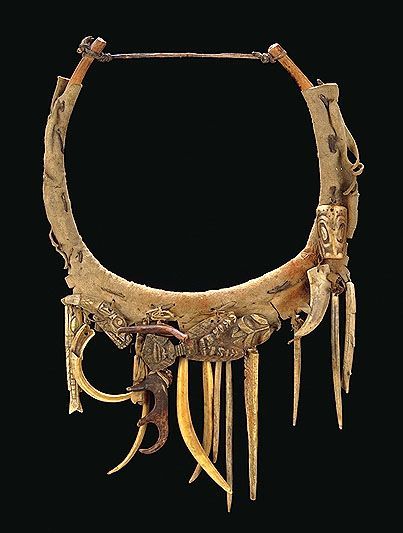
Shaman’s necklace, collected from Haida Gwaii, British Columbia, Canada, 1899
The Haida (English: /ˈhaɪdə/, Haida: X̱aayda, X̱aadas, X̱aad, X̱aat) are a nation and ethnic group native to, or otherwise associated with, Haida Gwaii and the Haida language. The language, which is an isolate language, has historically been spoken across Haida Gwaii and certain islands on the Alaska Panhandle, where it has been spoken for at least 14,000 years. Prior to the 19th century, Haida would speak a number of coastal First Nations languages such as Lingít, Nisg̱a'a and Sm'álgyax.
The seat of their government: the Council of the Haida Nation (CHN) is the archipelago of Haida Gwaii (formerly the Queen Charlotte Islands) in northern British Columbia, Canada. A group known as the Kaigani Haida live across the international border of the Dixon Entrance on Prince of Wales Island (Tlingit: Taan) in Southeast Alaska, United States; Taan was traditionally and is in Lingít's territory, and the Kaigani Haida migrated there in the late 18th century. Haida have occupied Haida Gwaii since at least the 12,500 BP. Pollen fossils and oral histories both confirm that Haida ancestors were present when the first tree, a Lodgepole pine, arrived at SG̱uuluu Jaads Saahlawaay, the western-most of the Swan Islands located in Gwaii Haanas.[2]In British Columbia, the term "Haida Nation" refers both to the people as a whole and their government, the Council of the Haida Nation. The Kaigani are part of the Central Council Tlingit Haida Indian Tribes of Alaska government.
Haida society continues to produce a robust and highly stylized art form, a leading component of Northwest Coast art. While artists frequently have expressed this in large wooden carvings (totem poles), Chilkat weaving, or ornate jewellery, in the 21st century, younger people are also making art in popular expression such as Haida manga.
119 notes
·
View notes
Photo

Smithsonian - Jan/Feb 2021 issue. “Made in America, The Power of the Artisan Revival” Inspiring Awe in Alaska. Sgwaayaans, a Kaigani Haida artist, (in picture 3) carved his first totem pole at age 19. Last year, he made his first traditional canoe, from a red cedar estimated to be 300 years old. Once his canoe was carved, it was taken outside to a lot near the Hydaburg River. Historically, the Haida were famous for their giant hand-carved canoes; a single vessel was known to carry 60 people or ten tons of freight. #smithsonianmagazine #nativeamerican #nativealaskan #worldhistory #northamerica https://www.instagram.com/p/COtICF1reM9/?igshid=1xwecxbgai9y7
0 notes
Photo

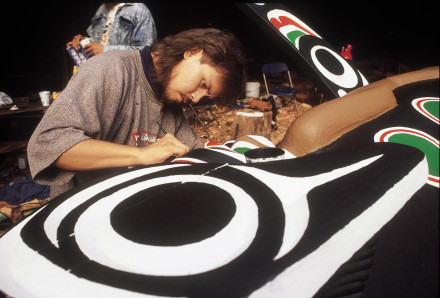
“Standing tall, colorful, powerful and somewhat mysteriously are some of Alaska’s most intriguing treasures and unique storytellers.”(alaska tours)
These totem poles are more than meets the eye. They tell deep stories of everything important to the cultures native to most Southeast Alaska regions. What may come to mind first, though, is animals being represented on these totems. They usually stand as tall as 5-30 feet, but some have been known to tower as high as 100 feet. Animals commonly depicted are bears, owls, eagles, frogs, beavers, fish, but even plants and people as well.
First: *Source: Nationalparkservice
“In 1901, Chief Saanaheit from the Kaigani Haida village of Kasaan on Prince of Wales Island donated these totem poles and a canoe to Governor John Brady for a display at the Louisiana Purchase Exposition in St. Louis. “ (nps)
Second: Source: alaskatours
0 notes
Photo
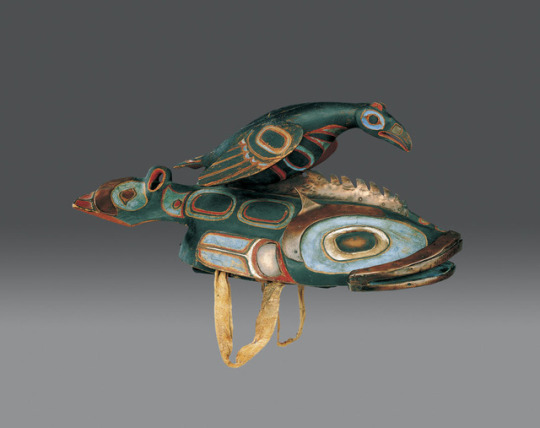
NORTHWEST COAST, ALASKA
Kaigani Haida or Tlingit
Crest Helmet
Late 19th c.
Wood, copper, nails, cotton, deerskin, pigment
Montreal Museum of Fine Arts
414 notes
·
View notes
Photo
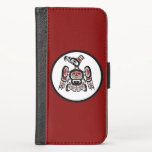
Native American Red Black Kaigani Thunderbird iPhone X Wallet Case https://ift.tt/3amtWyD. More Designs http://bit.ly/2gvmj1Y
0 notes
Photo

The Birth of Sîñ. Haida Legends, Pacific Coast Legends.
The Haida, historically sometimes spelled Hydah, are an indigenous people of the Pacific Northwest Coast of North America. Their main territory is the archipelago of Haida Gwaii (formerly the Queen Charlotte Islands) in northern British Columbia, but a group known as the Kaigani Haida live across the Dixon Entrance on Prince of Wales Island in Southeast Alaska.
The legend that follows was originally collected by Lewis Spence, and published in The Myths of the North American Indians. It features an Incarnation of the Sky-God.
— Orly
The Haida of British Columbia and the Queen Charlotte Islands possess a striking myth relating to the incarnation of the Sky-god, their principal deity. The daughter of a certain chief went one day to dig in the beach. After she had worked some time she dug up a cockle-shell. She was about to throw it to one side when she thought she heard a sound coming from it like that of a child crying. Examining the shell, she found a small baby inside. She carried it home and wrapped it in a warm covering, and tended it so carefully that it grew rapidly and soon began to walk.
Continue reading: https://theorly.com/legends/the-birth-of-sin
TheOrly.com | Legends | Insight
2 notes
·
View notes
Photo
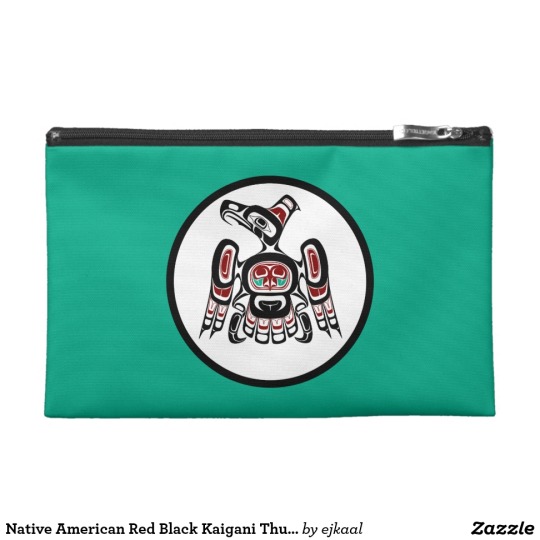
Native American Red Black Kaigani Thunderbird Travel Accessory Bag - Fashionable, All-Purpose Canvas Bag Designs
Buy This Design Here: Native American Red Black Kaigani Thunderbird Travel Accessory Bag
Created by Fashion Designer: ejkaal
From toiletries to school supplies, this travel accessory bag can carry it all! Made of sturdy duc canvas it holds and protects everything needed for day trips or week long vacations – even your favorite e-reader fits.
Printed in vibrant, full color, this bag will look amazing with your text, designs, and photos!
Size and Product Information for Native American Red Black Kaigani Thunderbird Travel Accessory Bag:
- Dimensions: 6" l x 9" w
- Material: Water resistant duc canvas
- Made in Kansas City, Missouri - USA
0 notes
Photo

Understanding HTML5 DOM, Image Data and the Canvas ☞ https://medium.com/@kaigani/understanding-html5-dom-image-data-and-the-canvas-d50875d623dd #html5 #css3
0 notes
Text
Biohackers are using CRISPR on their DNA and we can’t stop it
Biohackers are using CRISPR on their DNA and we can’t stop it
http://ift.tt/2mx2tGy
Submitted November 15, 2017 at 08:08PM by kaigani
via reddit http://ift.tt/2z4OZrz
from WordPress http://ift.tt/2yKpxmW
via IFTTT
0 notes
Photo

"TSA Plans to Use Face Recognition to Track Americans Through Airports"- Detail: http://ift.tt/2hoSykZ. Title by: kaigani Posted By: www.eurekaking.com
0 notes
Photo
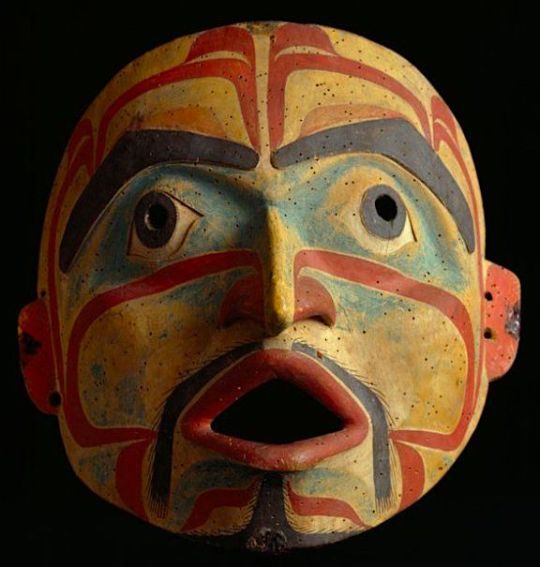

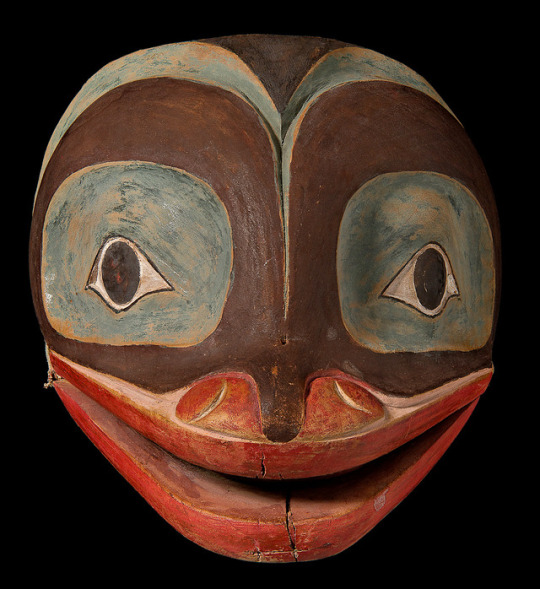
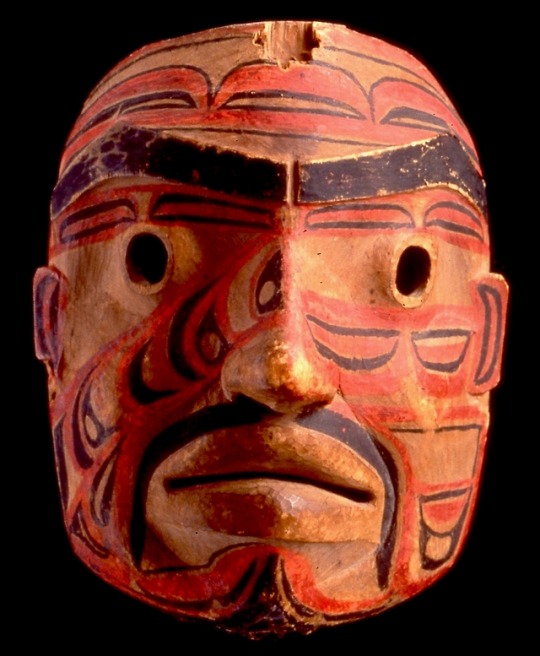
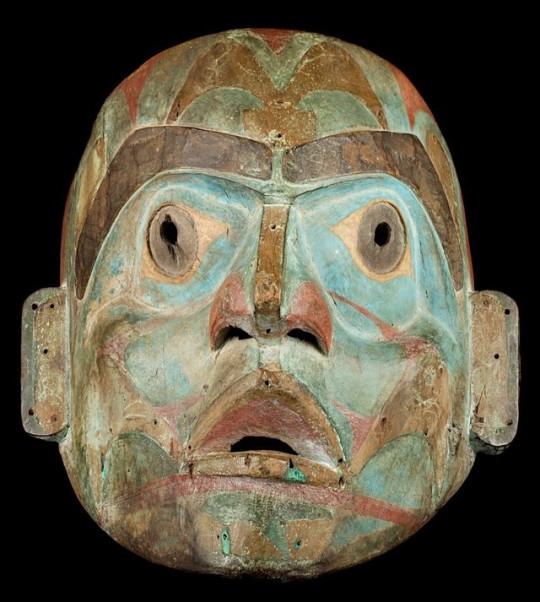
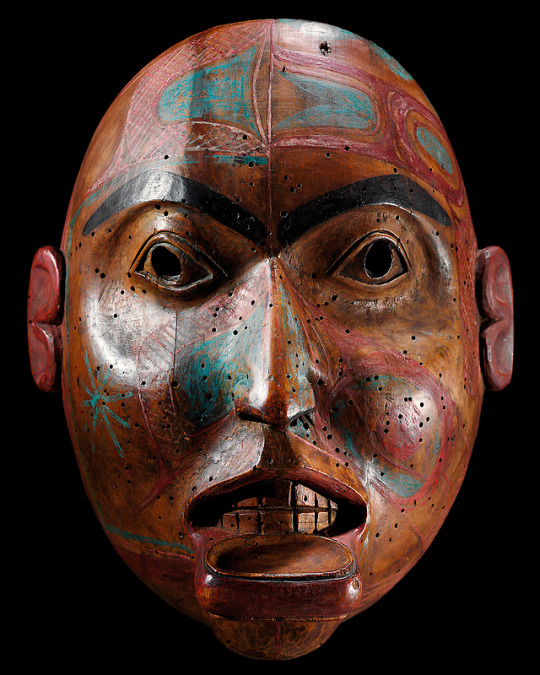
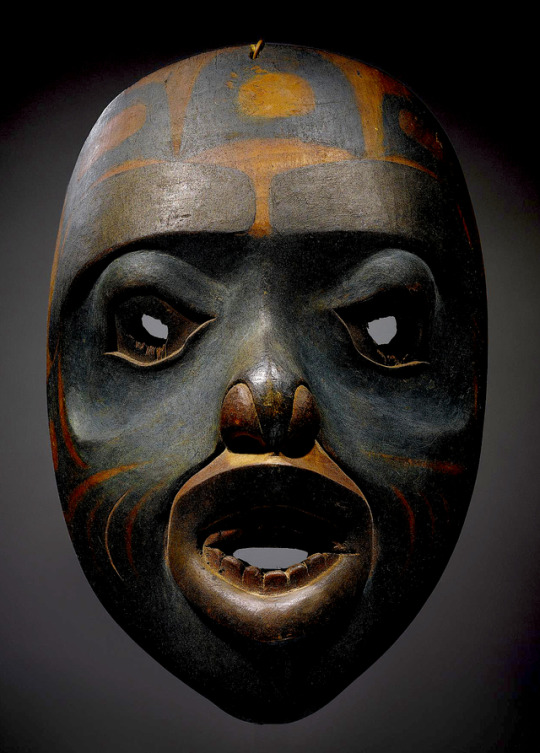
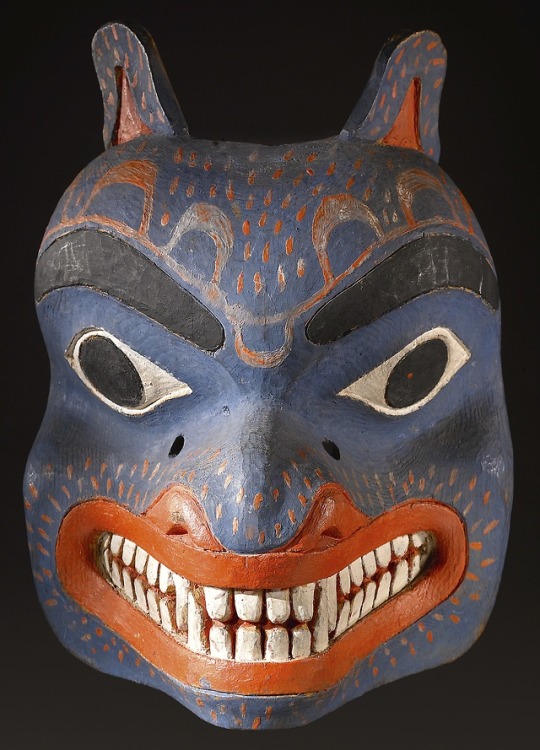
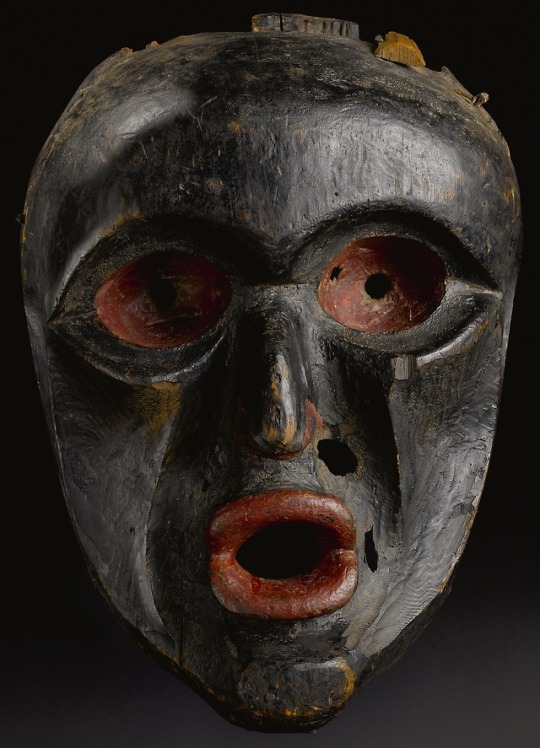

An assemblage of anthropomorphic masks created by Pacific Northwest Coast Indigenous peoples on the continent of North America. 19th-20th century.
#Haida Gwaii#Kaigani#NW Coast Haida#Queen Charlotte Islands#Masks#Skidegate#British Columbia#North America#Canada#Native American#Art#Culture#Ancestral art#Heritage arts#cultural equity#Carved masks#Pitt Rivers Museum#Heiltsuk Mask#Royal BC Museum#Eagle Spirit#Tlingit#North West Pacific Coast Indians#American art#ceremonial masks#anthropomorphic art#Native America#Haida Heritage Centre#Haida people#Haida#Tsimshian
5K notes
·
View notes
Photo

Crest Helmet, late 19th century, wood, copper, nails, cotton, deerskin, pigment, Kaigani Haida or Tlingit, NW Coast Alaska
602 notes
·
View notes
Photo

Hospital
After Kaiser's accident, Angani waits by his side for him to wake up
#kaigani#angani#kaiser#kaiser drachen#angani tamu#skidar#my art#hospital#patient#Christine Ridgway#the surge#thesurge#my books#Illustration#my illustrations#artists on tumblr#demi seymour#noodlerface#ocs#rp
10 notes
·
View notes